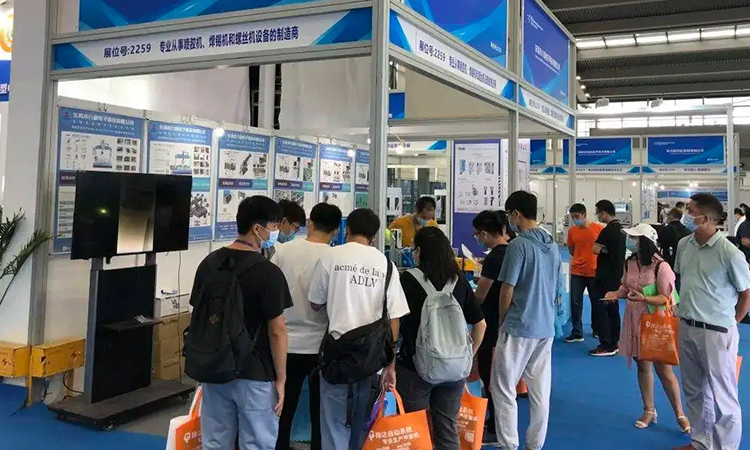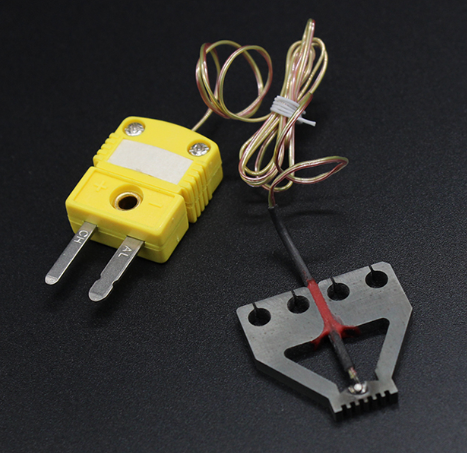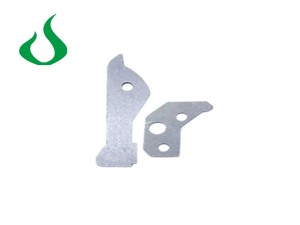MENU

 LNG
LNG
The cross- sectional morphology of the spot-welded tension-shear joint under three failure modesDue to the high hardness and high brittleness of the high-strength automotive sheet itself, there is a greater tendency for interface fracture failure during the spot welding process, by studying the welding performance of automobile plates under different spot welding process parameters, the fracture failure of high-strength automobile plate spot welding joints is divided into three categories,It is typical failure mode of spot welded joints for automotive plates, high-strength automotive plate spot welded joint are mainly divided into three failure modes: interface fracture, fusion line fracture and heat- affected zone fracture.Among, the interface mode of (a) is interface fracture, the fracture of the spot welded joint has penetrated the entire fusion zone, and the macroscopic fracture is relatively flat; (b) the interface mode is fusion line fracture. The fracture position of the spot welded joint is at the fusion line. The macroscopic morphology of the fracture indicates that the fracture is not flat, but consistent with the direction of tensile and shear forces and formed with the plane of the steel plate. Deflection at a certain angle; The interface fracture mode of (c) is heat-affected zone fracture. The fracture position of the spot welded joint is located in the softening zone, that is, at the junction of the base material zone of the heat-affected zone, and the nugget is completely pulled out.
Observe the cross-sectional morphology of the spot-welded tension-shear joints under three failure modes. From the cross-sectional morphology of the spot welded tension-shear joint in the interface fracture mode, it can be seen that the fracture has penetrated the entire fusion zone and overlapped in the car plate. The original cracks can also be seen at the surface joints; From the cross- sectional morphology of the spot welded tensile-shear joint under the fusion line fracture mode, it can be seen that the spot welded joint is broken at the junction of the heat- affected zone of the fusion zone; It can be seen from the cross-sectional morphology of the spot welded tensile-shear joint under the fracture mode of the heat-affected zone, which may be caused by insufficient toughness of the heat-affected zone, and cracks occur during the tensile- shearing process. Then it will expand along the thickness of the board. In addition, it is worth noting that if the initial crack at the interface of the fusion line extends along the center surface of the nugget, it will cause interface fracture failure, if the initial cracks expand along the fusion line, the fusion line will fail.There, the welding process should be controlled in the actual spot welding process.
Scanning electron microscope for spot welding head failure position of automobile board.The failure location in the interface mode is at gap between the two pieces, due to the effect of local stress concentration, initial cracks are generated. In the process of tensile and shear forces, the initial cracks will propagate along the hard an brittle nugget structure and cause fractures; In the fracture mode of the fusion line, it can be seen that there is a serious shrinkage defect at the failure source, and it is easy to cause stress concentration during the tensile and shear process to form a feature that expands along the fusion line; The failure source in the fracture mode of the heat-affected zone is located in the two-phase zone, the formation of this M-A structure is mainly due to the transformation of austenite to ferrite. During the cooling process, the stability of austenite increases, and the A/M transformation is not completely formed, the toughness of this organization is low, and cracks are easy to generate here during the tensile and shear process, ans gradually expand to the softened zone with lower hardness.


